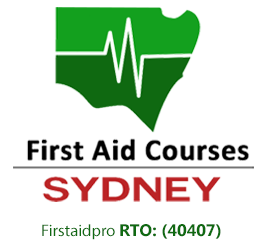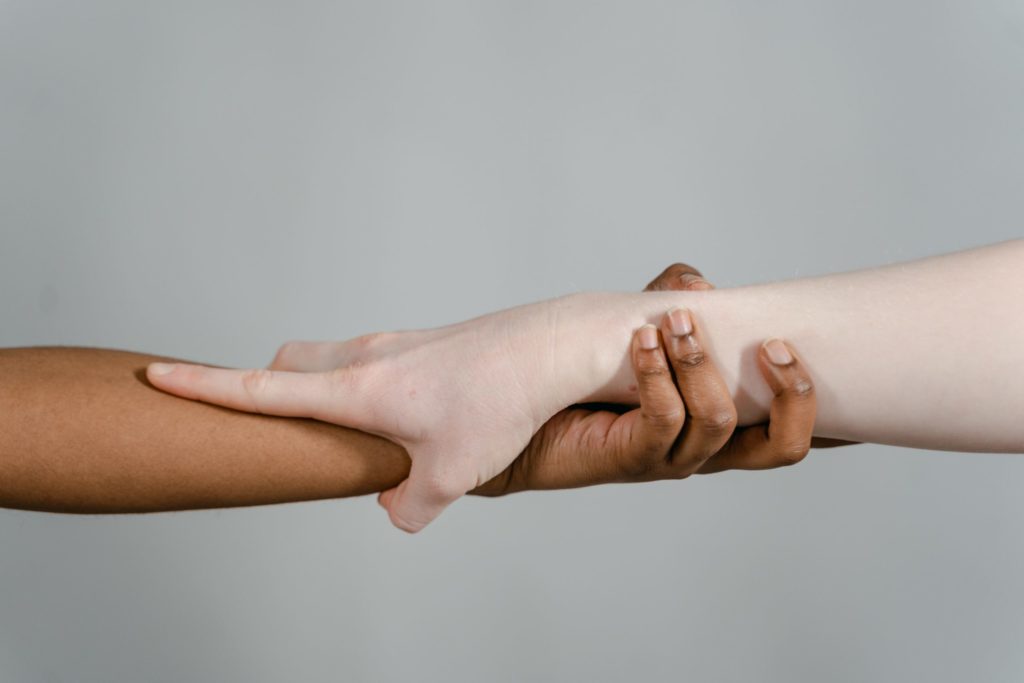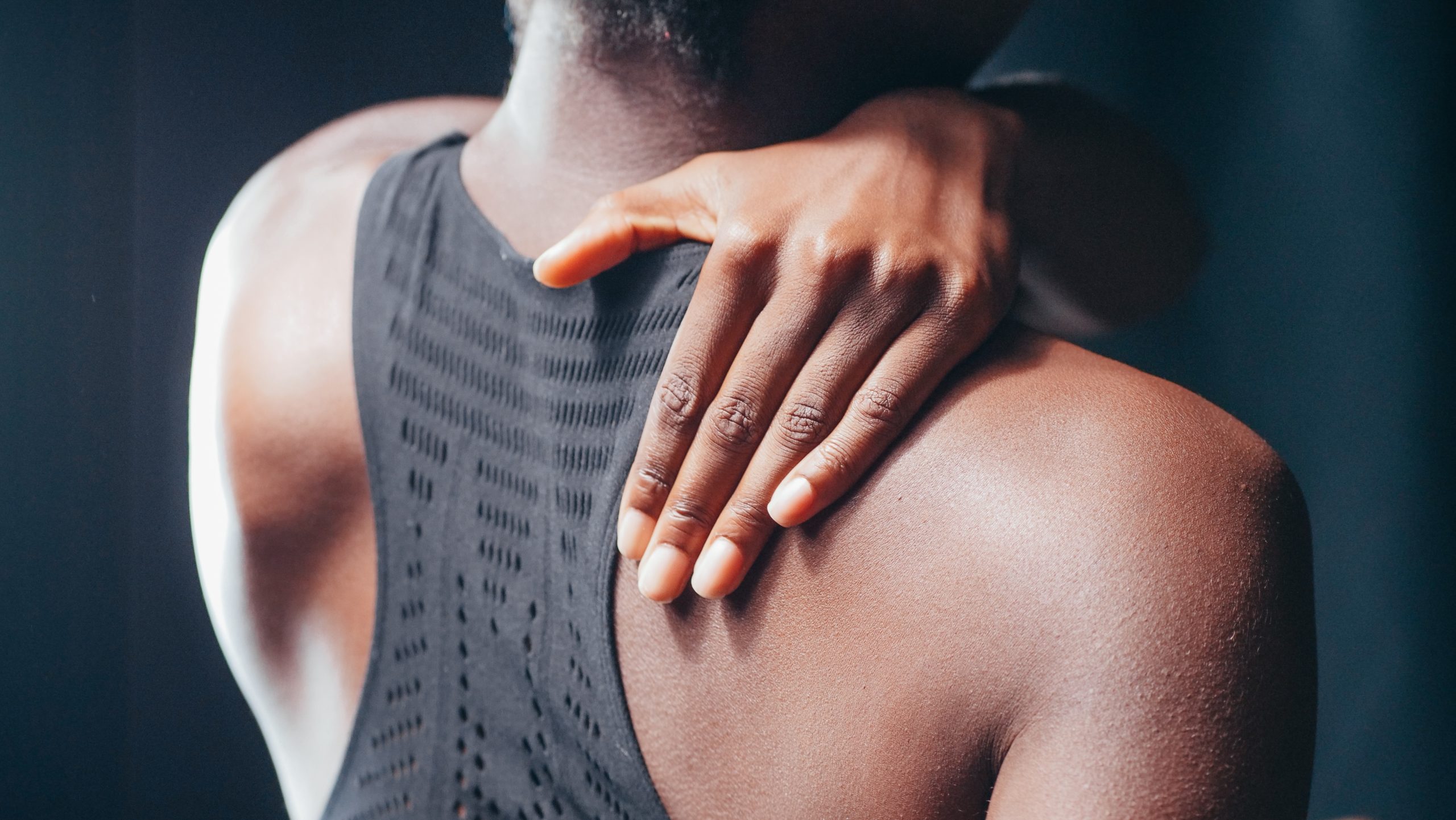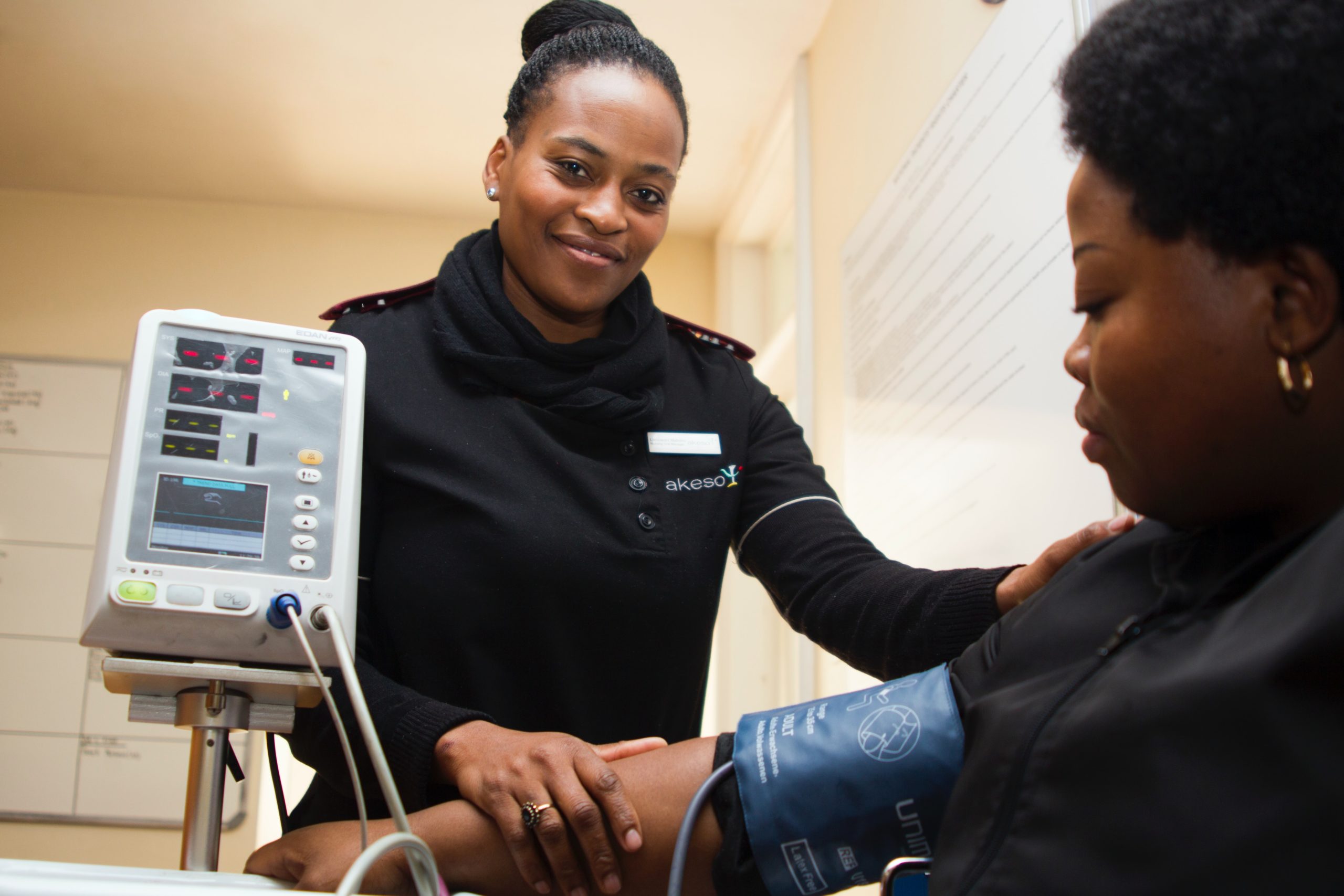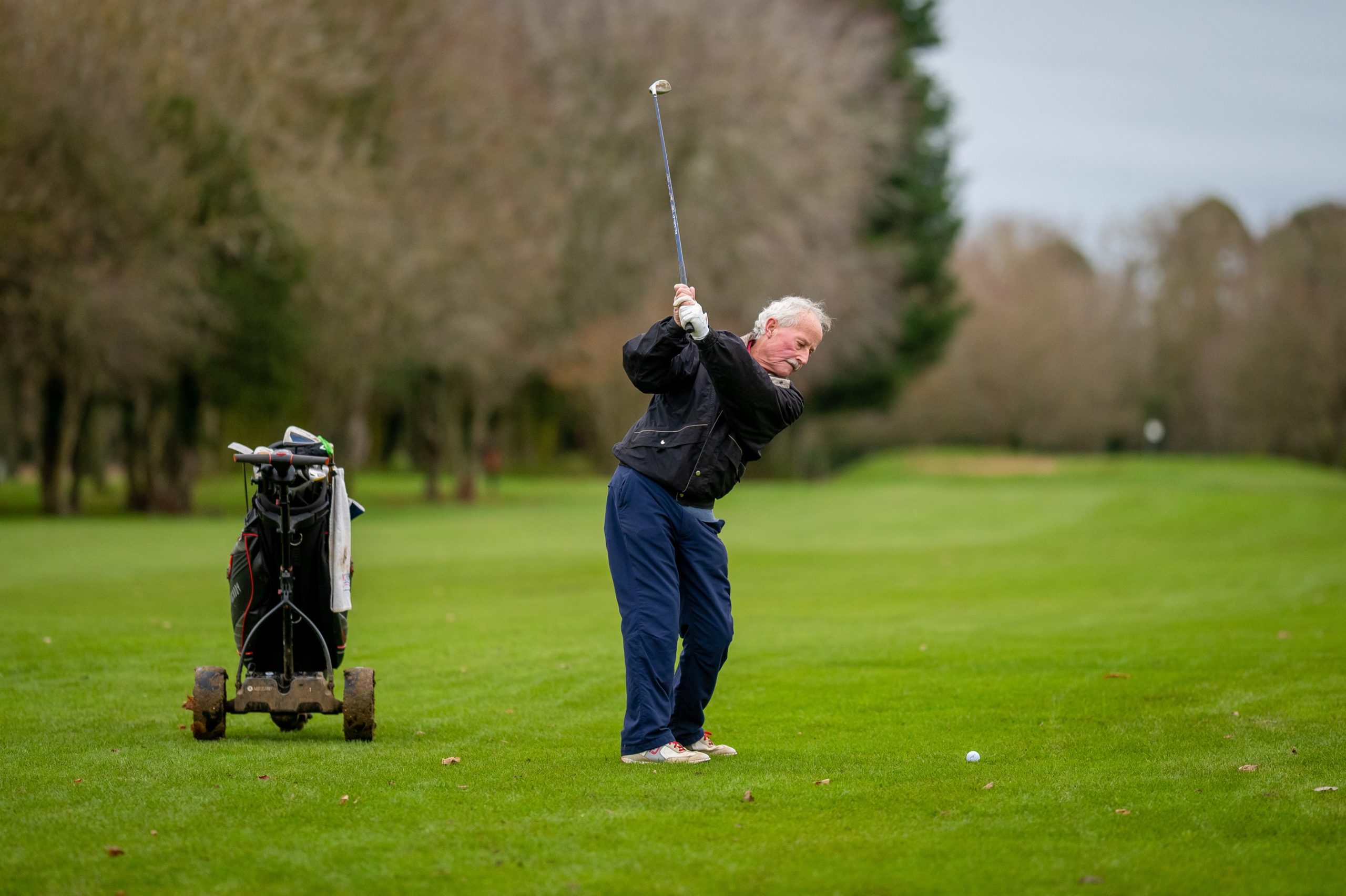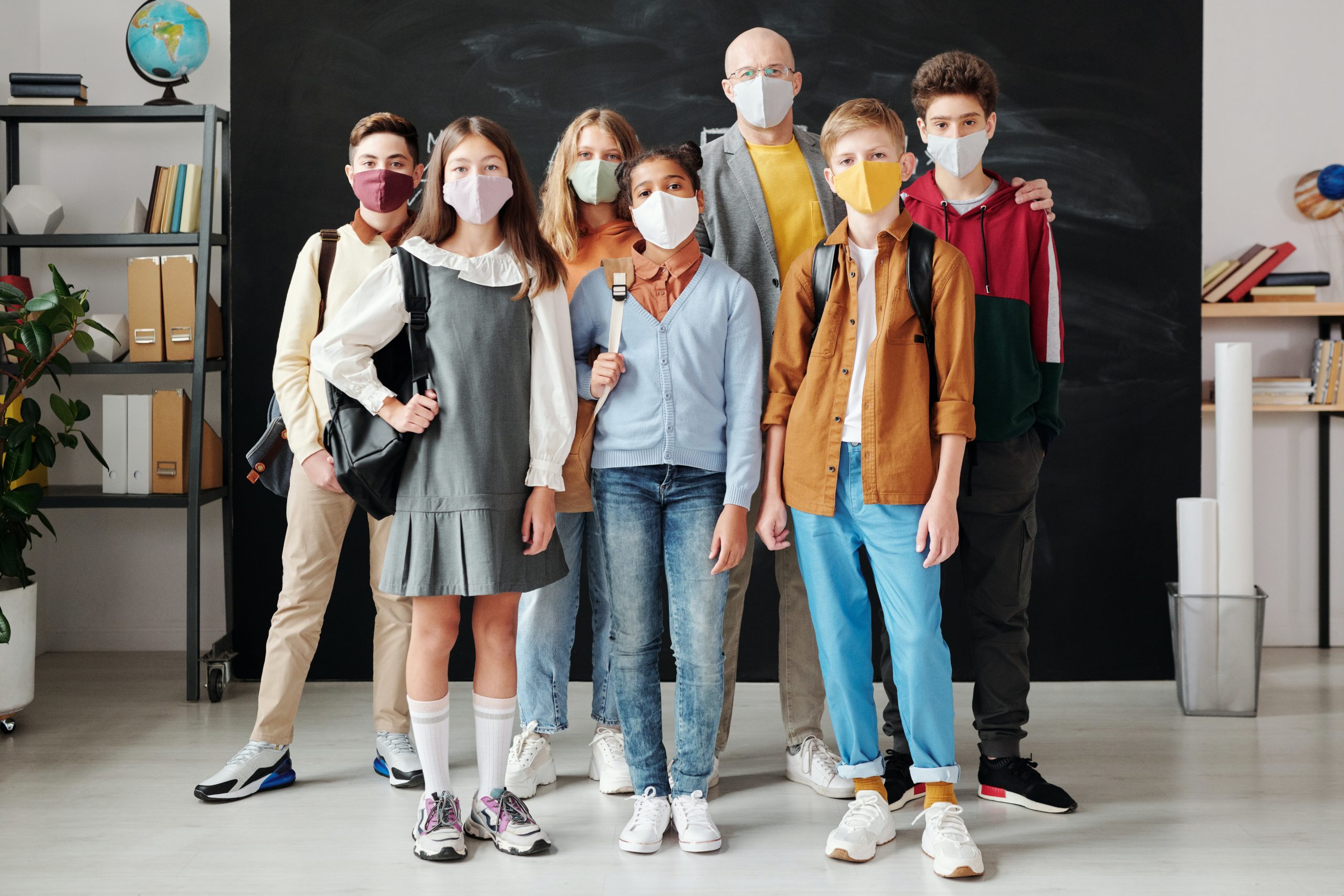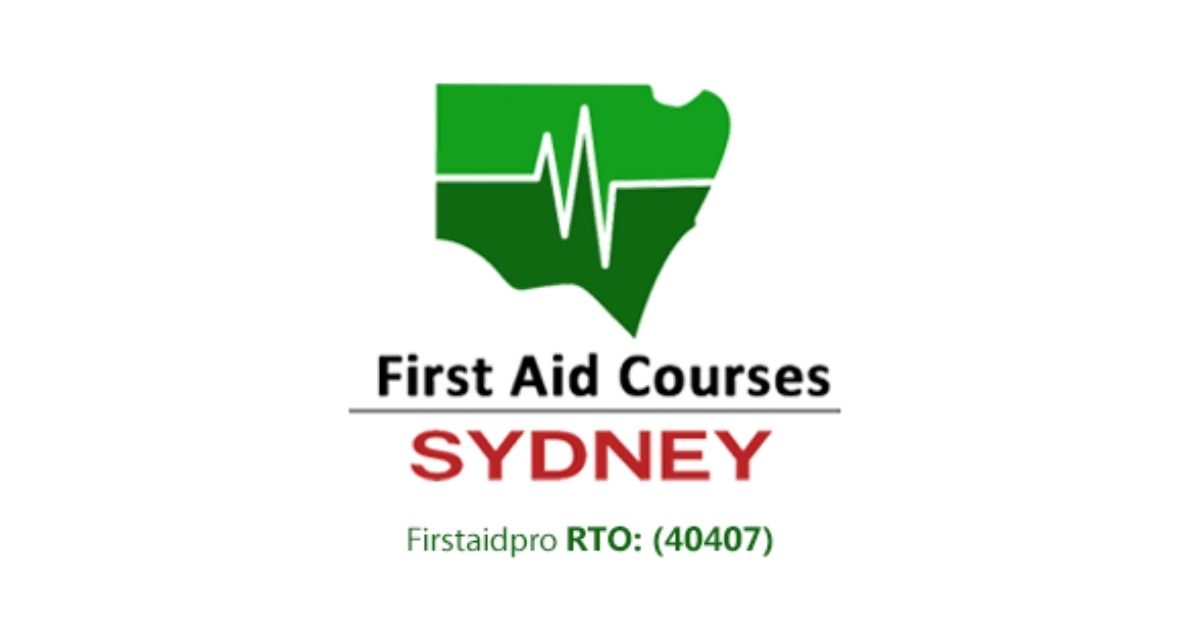Skin tears are a significant problem for victims and healthcare practitioners alike. They have wound injuries that tend to be painful and may cause distress – affecting the overall quality of life. Skin tears may also increase the likelihood of hospitalisations and prolonged time in recovery. The estimates of prevalence for this injury may differ around the world, but studies suggest that skin tears occur more frequently than pressure injuries.
What are Skin Tears?
Skin tears are acute, traumatic injuries that may look like large cuts or scrapes. They are considered ‘acute’ as they occur suddenly and typically heal in an expected fashion over time.
This injury was first defined in 1993. It occurs principally on the body’s extremities from friction and cutting forces, separating the principal layer of the skins. It is seen mostly in the arms, dorsal aspect of the hands, and the lower limbs. Some form of it is unavoidable, but many of them can be prevented.
Skin tears are perceived to be common among the elderly, but they are also seen in newborns and chronically ill people. The main causes of skin tears are mechanical trauma, shear, or friction. It mostly occurs due to wheelchair injuries, dressing or adhesive removal, patient transfers, and falls.
Skin tears, when left unrecognised, can cause significant pain and adversely affect the quality of life. With many possible causes and effects, you must be confident and competent in the management of skin tears.
Skin Tear Categories
According to the Skin Tear Audit Research (STAR), skin tears can be classified based on their system.
Category 1A – Edges can be realigned to normal anatomical position without undue stretching. Notice the skin or flap colour is not pale, dusky, or darkened.
Category 1B – Edges can be realigned to normal anatomical position without undue stretching. Notice the skin or flap colour is pale, dusky, or darkened.
Category 2A – Edges cannot be realigned to the normal anatomical position. The skin or flap colour is not pale, dusky, or darkened.
Category 2B – Edges cannot be realigned to the normal anatomical position. The skin or flap colour is pale, dusky, or darkened.
Category 3 – The skin flap is completely absent.
Skin Tears in the Elderly
As we age, the layers of the skin start to atrophy. During the process, the epidermis becomes thin and fragile. The overall dermal thickness will also decrease by at least 20%. This makes skin injuries more common among the elderly.
Studies confirm that 16 % of the population sustained skin damages every month in a 120-bed facility in Australia. In fact, a three-year annual and statewide survey of all public hospitals in Western Australia found out that skin tears rank third in the largest group of wounds.
Skin tears experienced by older adults require special care to promote healing.
Skin Tear Management
Best practice guideline for skin tears Australia suggests doing the following steps:
-
Control bleeding
Apply pressure and elevate the limb when necessary
-
Clean the wound
Use warm saline or water to wash off any residual hematoma or debris. Gently pat dry the skin around the wound to avoid further injury.
-
Approximate the skin flap
If the skin flap is viable, gently ease it back in place using a cotton tip or a gloved finger. Use the flap as a dressing if viable. After that, categorise the skin tear by performing a wound assessment. Apply appropriate ointment that serves as a skin barrier to protect the surrounding skin.
-
Apply dressing
Select the appropriate dressing from the selection and apply it. Ensure that you allow space between each strip to have its drainage and avoid tension over flexure sites.
-
Review and Reassess
In every dressing change, monitor for changes in the wound as well as maintenance of skin injury. Observe the wound for any signs and symptoms of infections. Perform skin first aid interventions to avoid further injuries.
Call your doctor if there’s redness, swelling, pus, or a foul odour coming out from the wound. Also, seek medical assistance if you have a fever, the wound tears open again, or if the pain gets worse.
Learn more about skin tears and their management. Get trained today.
